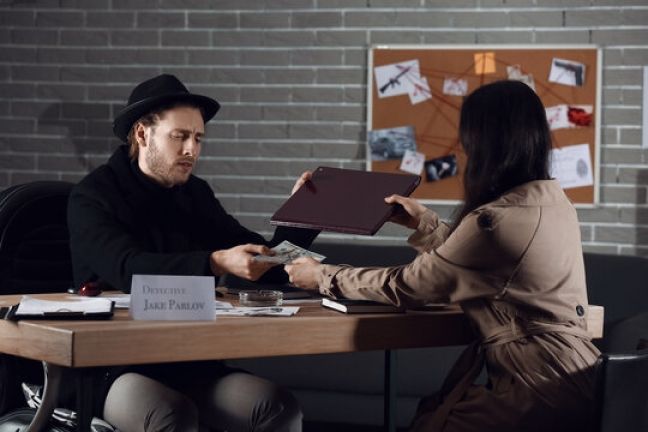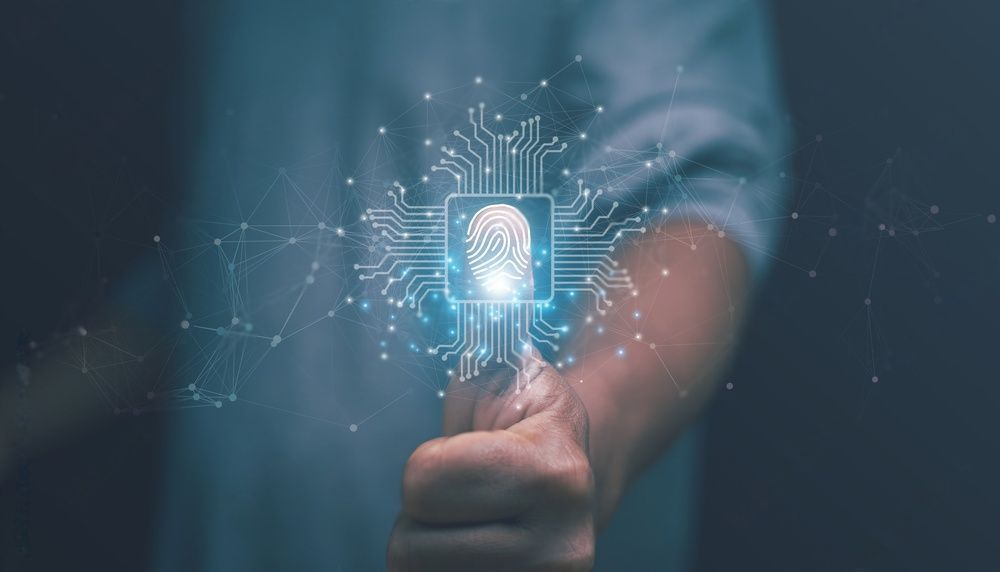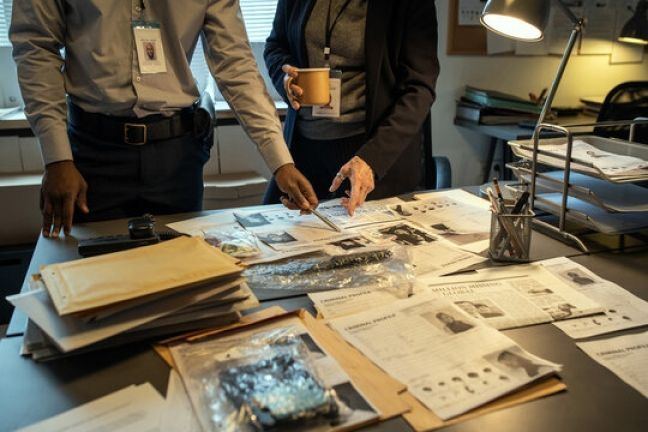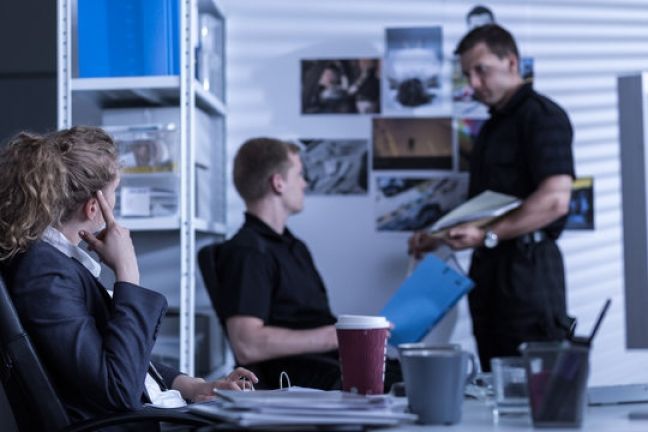Stay Informed With Foglight Investigations Blog
Private detective agencies are offering their best services in the USA. These agencies vary from one another based on their […]
The post Top 10 private detective agencies in the USA appeared first on Foglight PI.
Explore insightful articles and updates on investigations at Foglight Investigations. Stay informed and gain valuable knowledge. Contact us at (415) 926-3440 for more information.























